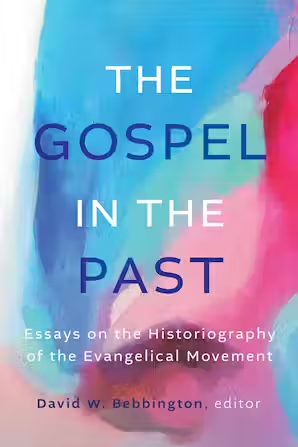Telling stories about the church’s past

Kerrie Handasyde recently examined how Australian church history “overwrites the deep time narratives of First Nations peoples” and intersects with secular histories. She published her research in a chapter titled “No Time Like the Present” in The Gospel in the Past, a collection of essays on evangelical history writing from around the world, edited by David W. Bebbington (Baylor University Press, 2025). Here’s an excerpt:
The land itself is ancient, and White Australian historiography overwrites the deep time narratives of First Nations peoples who have dwelled continuously in the land for sixty thousand years or more. Conceptions of time are important here: in the spirituality of First Nations peoples, deep time is mystically present. It is not linear, not until the coming of Europeans in the late eighteenth century. Historians increasingly understand that Europeans colonized both space and time in the Australian story, bringing with them a notion of linear time…. [In western history writing], time has a beginning and an end that allows the narratives of empire-building, industrial progress, and faith in unceasing anticipation of the millennium to share a trajectory. In the Australian story, they often shared more than teleology. They shared hope. Christianity and nation were wrapped up in each other’s hoped-for fulfillment, and this is ever visible in the historiography of Australian Evangelical Dissent.
Here’s a link to the publication: https://www.baylorpress.com/9781481321396/the-gospel-in-the-past/
